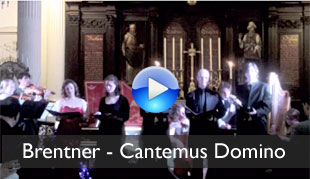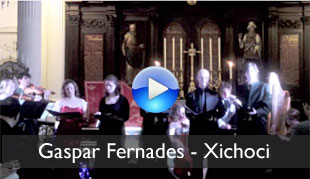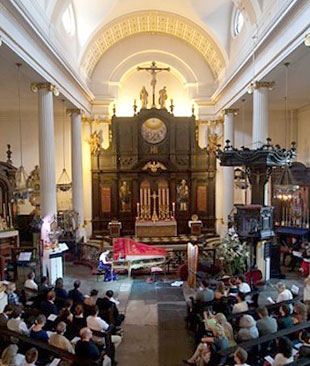
 he
Jesuits came to Bolivia in the 1670s to convert the local population
to Christianity. They created ten missions in the Bolivian jungle and
used the music to communicate with the natives. Each mission had its
own choir and orchestra as well as its own collection of sacred and
instrumental compositions. The two most significant collections were
found in Concepcion (over 5,500 manuscripts) and in Moxos settlement
(over 4000 manuscripts). Some of the missionary music is clearly European
– copied for the local musicians for educational purposes (e.g.
collection from Chiquitos - including works by Corelli, Vivaldi, Zipoli,
Brentner and other composers). However, a substantial quantity of the
manuscripts are of Indian authorship, usually anonymous.
he
Jesuits came to Bolivia in the 1670s to convert the local population
to Christianity. They created ten missions in the Bolivian jungle and
used the music to communicate with the natives. Each mission had its
own choir and orchestra as well as its own collection of sacred and
instrumental compositions. The two most significant collections were
found in Concepcion (over 5,500 manuscripts) and in Moxos settlement
(over 4000 manuscripts). Some of the missionary music is clearly European
– copied for the local musicians for educational purposes (e.g.
collection from Chiquitos - including works by Corelli, Vivaldi, Zipoli,
Brentner and other composers). However, a substantial quantity of the
manuscripts are of Indian authorship, usually anonymous.
The collections included masses, vespers, motets, hymns, Christmas carols, sacred operas, concerts and sonatas. An important segment of found in these collections are villancicos, which became extremely popular in the 17th and 18th centuries. Their texts were often didactic, designed to help the new converts understand and enjoy the new religion.
There are many interesting and typical characteristics for the so-called Missionary Baroque style including a variety of languages (Latin, Castilian Spanish, Indian languages), a preference for a three or four person choir with some solo sections, usually with two violins and continuo. Interestingly, the favourite continuo team was double bass and harp.
Bolivian baroque music was considered lost but was miraculously discovered by Polish priest and musicologist Fr. Piotr Nawrot who had been searching for the musical manuscripts which were hidden by the Indians after the Jesuits were expelled from Latin America 300 years ago.
This music is a unique result of the interaction between two civilisations
– with European foundations and seasoned by the flavour of Bolivian
culture.
I had an opportunity to make my Historical Performance MPerf Project
based on the Bolivian Baroque Music. This concert had an exceptional
atmosphere and energy and took place in St Magnus the Martyr in London
28 June 2012.


